New Orleans, a city renowned for its vibrant culture, rich history, and eclectic blend of architectural styles, beckons travelers from all over the globe. One of the best ways to soak in the essence of this captivating city is by exploring it on foot.
Walking tours offer an intimate glimpse into the unique tapestry of life in New Orleans, guiding you through narrow alleyways, historic streets, and bustling markets.
With so many free walking tours available, it can be hard to choose just one. Here, we present you with the ten best free walking tours in New Orleans that promise to enchant and educate in equal measure.
1. French Quarter Walking Tour
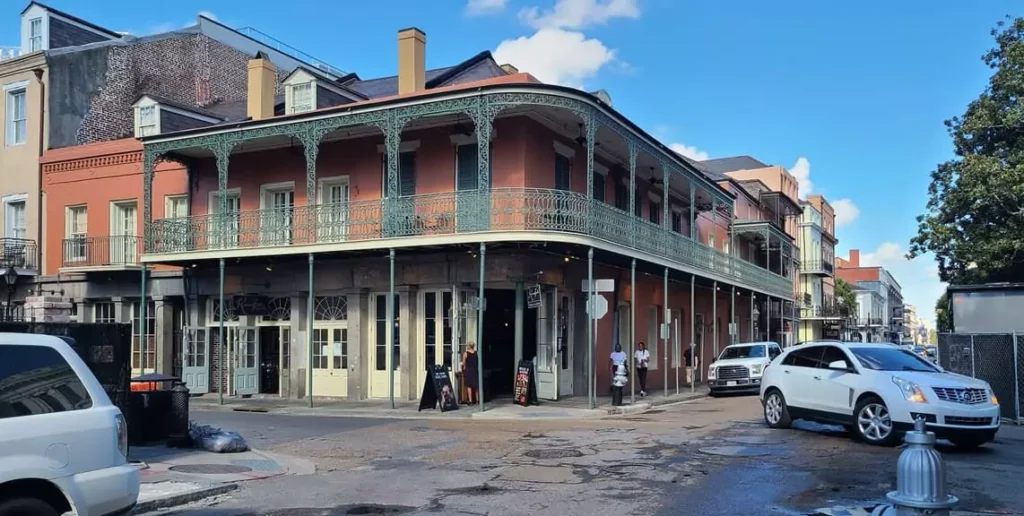
The French Quarter, known as the Vieux Carré, is the heart and soul of New Orleans. This historic neighborhood is famous for its lively streets, colorful buildings, and rich cultural tapestry. A free walking tour of the French Quarter is an excellent way to explore its hidden gems and learn about its storied past.
As you stroll through the cobblestone streets, your guide will share fascinating anecdotes about the area’s colonial history, including its French and Spanish influences. You’ll start at Jackson Square, a bustling hub where artists display their work against the backdrop of the stunning St. Louis Cathedral. This cathedral is not only one of the oldest in the United States but also a symbol of New Orleans’ deep-rooted Catholic heritage.
Next, you’ll wander past the Cabildo, where the Louisiana Purchase was signed, and delve into tales of pirates at Pirate Alley—a narrow passageway filled with lore about swashbucklers and daring escapades. The tour often includes stops at charming courtyards where you can experience the lush greenery typical of Creole architecture.
As you meander through this vibrant neighborhood, keep an eye out for street performers showcasing their talents—musicians, magicians, and even voodoo practitioners often add to the lively atmosphere. The tour concludes with a visit to Lafitte’s Blacksmith Shop, one of the oldest surviving structures in New Orleans, which once served as a hideout for the infamous pirate Jean Lafitte.
2. Garden District Walking Tour
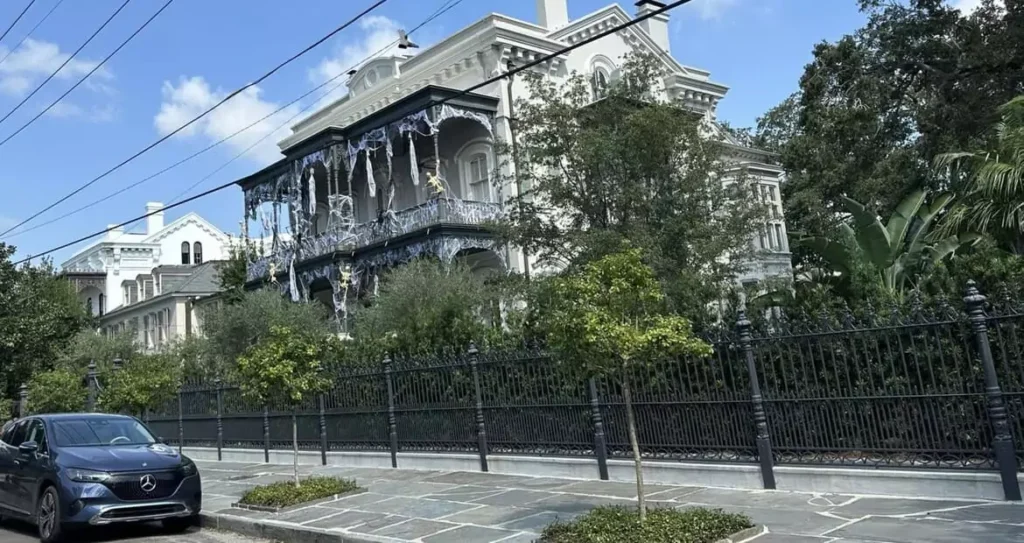
After soaking in the lively energy of the French Quarter, it’s time to experience a different side of New Orleans with a stroll through the Garden District. Known for its stunning antebellum mansions and picturesque gardens, this neighborhood offers a serene contrast to the bustling streets of the French Quarter.
The Garden District is renowned for its Greek Revival and Italianate architecture, characterized by grand homes adorned with intricate ironwork and lush gardens. On this free walking tour, you’ll be guided through tree-lined streets that feel like stepping back in time.
Your guide will share stories about notable residents who once called this area home, including authors like Tennessee Williams and musicians like Louis Armstrong. As you walk past iconic landmarks such as Lafayette Cemetery No. 1, you’ll learn about New Orleans’ unique burial traditions and the significance of above-ground tombs.
One highlight of this tour is visiting some of the most photographed homes in New Orleans, including The Buckner Mansion and The Morris-Israel House. The architectural beauty combined with rich historical narratives makes this tour both visually stunning and intellectually enriching.
3. Voodoo Tour
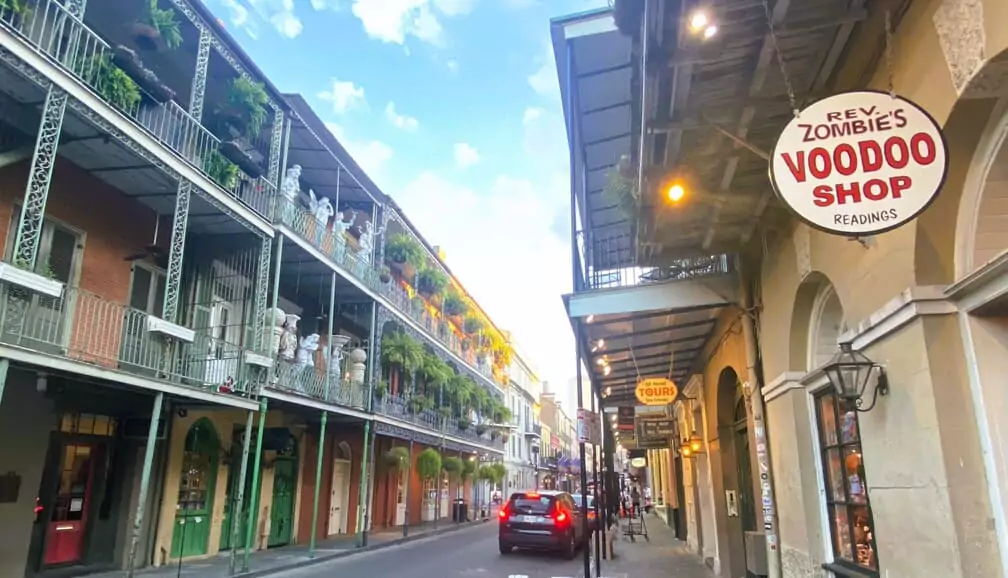
The Voodoo Tour typically starts in the French Quarter, where your guide will introduce you to the history of voodoo in New Orleans. You’ll learn about the arrival of enslaved Africans in the 18th century and how their spiritual practices blended with the Catholicism of the French colonists to create a unique form of voodoo that is still practiced today.
One of the highlights of the tour is a visit to locations associated with Marie Laveau, the legendary voodoo queen who wielded significant influence in 19th-century New Orleans. You’ll hear stories of her life, her role in the community, and the many myths and legends that surround her. You may even pass by her tomb in St. Louis Cemetery No. 1, where visitors still leave offerings in hopes of receiving her blessing.
The tour also takes you to sites such as voodoo shops and temples, where you can see altars, talismans, and other spiritual objects used in voodoo rituals. Along the way, your guide will dispel many of the misconceptions about voodoo, explaining how it is a religion based on healing, protection, and connection with the ancestors—not the dark, malevolent force often portrayed in popular culture.
Related: The 12 Best San Antonio tours for seniors
4. Cemetery Tours
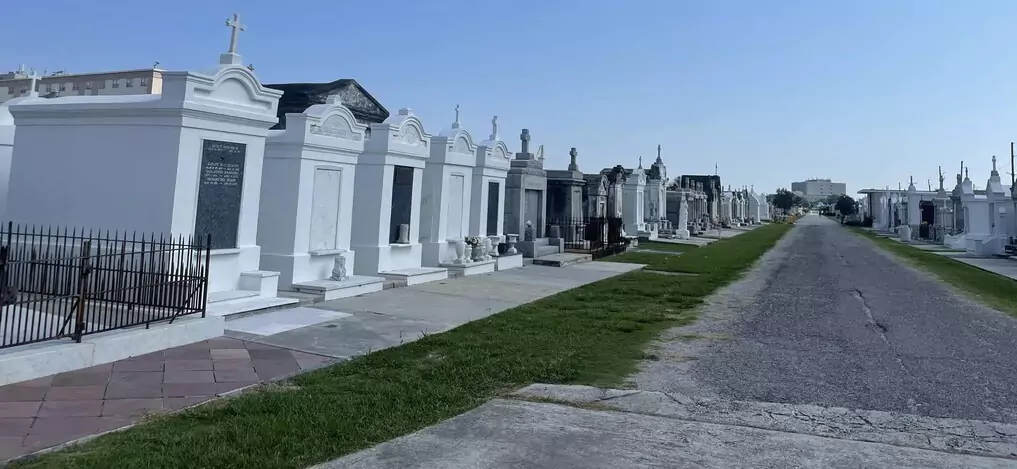
One of the most intriguing aspects of New Orleans is its unique burial customs, particularly evident in its famous cemeteries. The Cemetery Tour, especially at St. Louis Cemetery No. 1, is a must for anyone wanting to understand the city’s history and culture.
As you gather at the Basin St. Station Visitor Center, you’ll be greeted by knowledgeable guides who are well-versed in the stories of those resting in this historic cemetery. The tour typically lasts about 45 minutes and takes you through the labyrinth of above-ground tombs that have earned New Orleans the nickname “Cities of the Dead.”
You’ll learn about the fascinating burial practices that arose due to the city’s high water table, which makes traditional graves impractical. Instead, families built elaborate mausoleums that reflect their social status and artistic tastes.
Among the notable graves you’ll visit is that of Marie Laveau, the legendary Voodoo Queen of New Orleans. Her tomb is adorned with offerings left by visitors seeking her blessings or guidance. You’ll also hear about Homer Plessy, a key figure in civil rights history, and various former mayors who shaped the city.
5. Ghost Tours
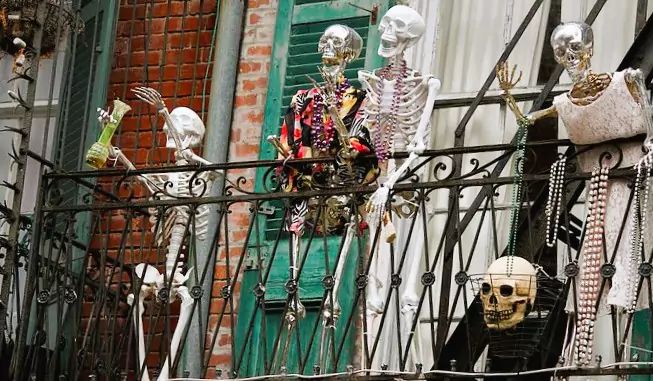
After exploring the city’s vibrant streets, why not delve into its darker side with a Ghost Tour? New Orleans is famous for its haunted history, making this tour an exhilarating way to learn about the supernatural legends that have shaped the city.
Ghost Tours typically begin in the heart of the French Quarter, where your guide will share chilling stories that blend fact with folklore. You’ll visit infamous sites like the LaLaurie Mansion, known for its dark past involving Madame LaLaurie and her gruesome reputation.
As you walk through dimly lit streets, your guide will recount tales of restless spirits and haunted locations. You might hear about Marie Laveau, the legendary Voodoo Queen, whose spirit is said to still roam the streets seeking justice for her people.
The atmosphere during a Ghost Tour is electric with anticipation. Each story unfolds like a gripping novel—filled with love, betrayal, and tragedy—making it easy to get lost in the narrative. Your guide will often encourage participants to share their own ghostly encounters or beliefs, adding a personal touch to the experience.
6. French Market Tour
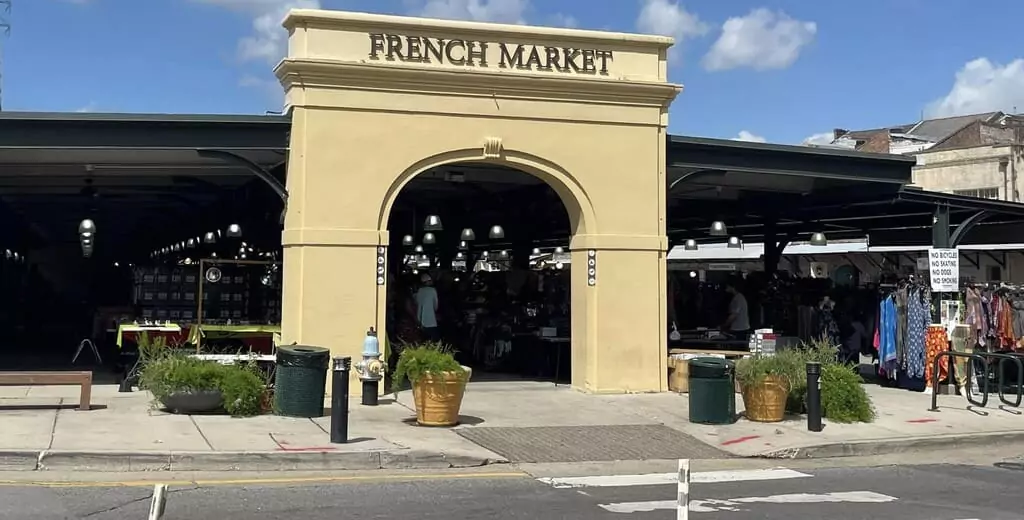
The French Market is a historic gem that has been a bustling hub of commerce since 1791. Originally a Native American trading post, it has evolved into a vibrant marketplace where locals and visitors alike can soak in the essence of New Orleans.
As you enter the market, you’ll be greeted by a kaleidoscope of colors and scents. The air is filled with the aroma of freshly brewed coffee and beignets from Café du Monde, tempting you to indulge in this iconic treat. The market stretches over five blocks, offering everything from local produce to handmade crafts.
Take your time wandering through the Farmers Market Pavilion, where vendors showcase fresh fruits, vegetables, and specialty foods inspired by global cuisines. Here, you can chat with local artisans who are eager to share their stories and the inspiration behind their crafts.
One of the highlights of the French Market is Dutch Alley, a charming pedestrian plaza adorned with historic statues and local art. It’s not just about shopping; it’s about experiencing the vibrant culture that defines New Orleans. Musicians often perform nearby, adding to the lively atmosphere.
Related: The 14 Best Slow-Paced European Tours for Seniors
7. Mississippi Riverfront Tour
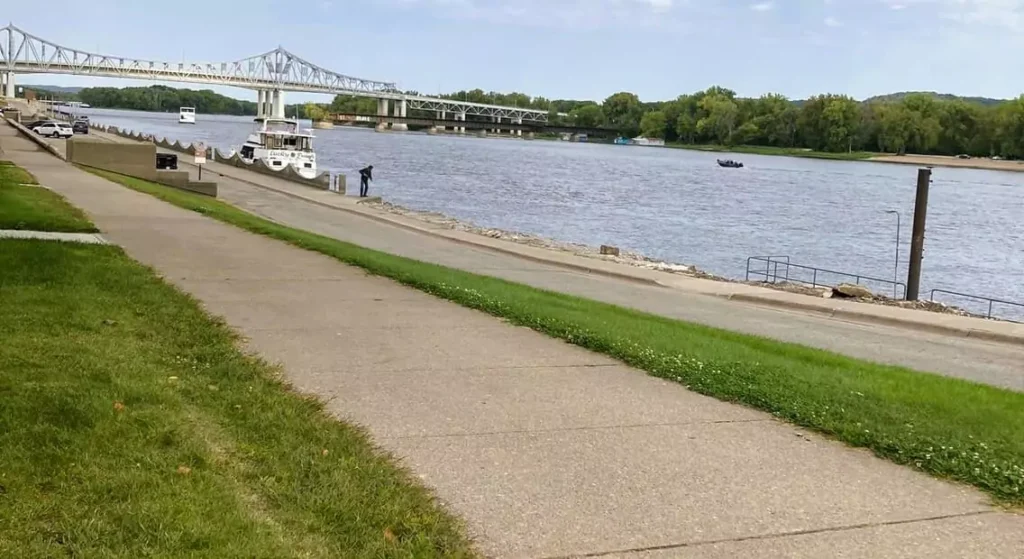
The Mississippi Riverfront is not just a scenic backdrop; it’s the lifeblood of New Orleans, steeped in history and bustling with activity. A walking tour along the riverfront allows you to soak in the sights and sounds of this iconic waterway.
As you begin your journey at Woldenberg Park, you’ll be greeted by stunning views of the Mississippi River, often dotted with boats and riverboats gliding gracefully along the water. The park features beautiful green spaces, perfect for a stroll or a peaceful moment to take in the scenery.
As you walk along the riverwalk, your guide (or self-guided materials) will share fascinating stories about the river’s significance to New Orleans. You’ll learn how it played a crucial role in trade and commerce, shaping the city’s development over centuries. The river has witnessed everything from steamboat races to pivotal moments in American history.
Along the way, you’ll encounter historical markers that tell tales of famous figures like Mark Twain, who immortalized the river in his writings. The sound of jazz music often wafts through the air, reminding you that New Orleans is the birthplace of this iconic genre. You might even catch street performers showcasing their talents, adding to the lively atmosphere.
Don’t forget to stop by The French Market, where local vendors sell everything from handmade crafts to delicious snacks. It’s an excellent opportunity to sample local flavors while supporting small businesses.
8. City Park Tour
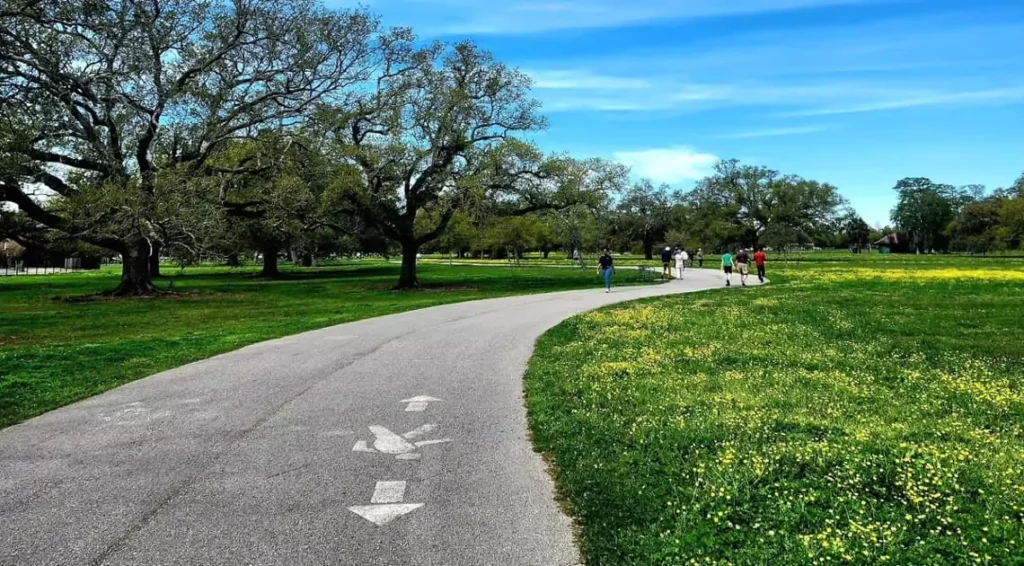
After soaking in the vibrant energy of the Mississippi River, make your way to City Park, one of New Orleans’ most treasured green spaces. This expansive park offers a serene escape filled with beautiful landscapes and cultural attractions.
As you enter City Park, you’ll immediately notice its lush greenery and majestic oak trees draped with Spanish moss, creating a picturesque setting that feels like stepping into a storybook. The park spans over 1,300 acres, making it one of the largest urban parks in the country.
Your walking tour can take you through various attractions within City Park, including the New Orleans Museum of Art and its beautiful Besthoff Sculpture Garden. Here, you can admire stunning sculptures set against a backdrop of manicured gardens and serene lagoons.
One of the highlights of City Park is its rich history. Originally established in 1854 as a public park, it has evolved into a cultural hub that hosts numerous events throughout the year.
For those with a sweet tooth, make sure to stop by Café du Monde within City Park for their famous beignets—fluffy pastries dusted with powdered sugar that are simply irresistible!
9. Free Walking Tour of Treme
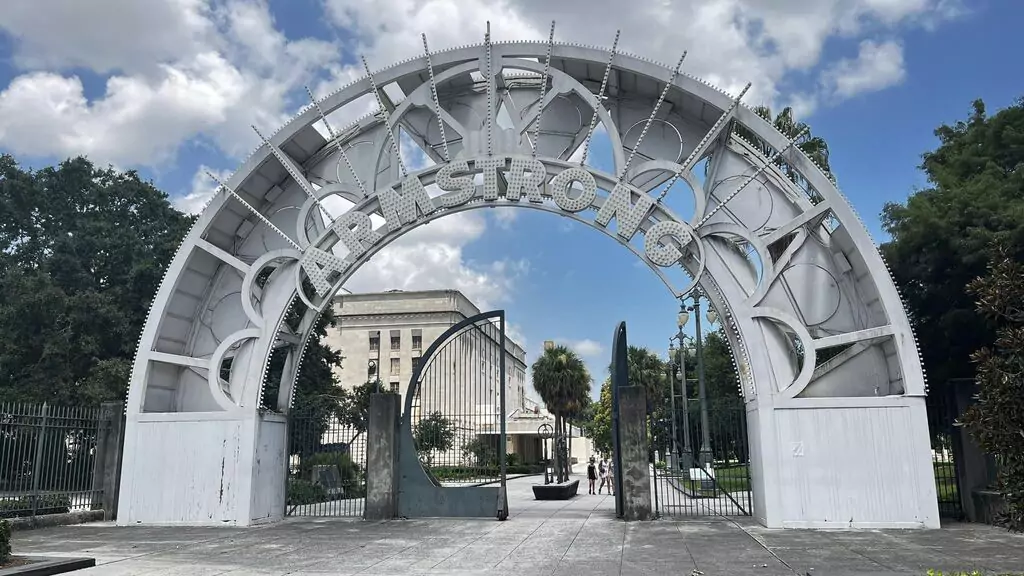
The Treme neighborhood is not just the oldest African American neighborhood in the United States; it’s also a vibrant tapestry of music, culture, and history. The Free Walking Tour of Treme offers an insightful journey through this iconic area.
As you gather at Congo Square, your guide will introduce you to the historical significance of this site, where enslaved people gathered to celebrate their culture through music and dance. The square is often considered the birthplace of jazz, and you’ll hear stories about its profound impact on American music.
The tour meanders through the charming streets lined with colorful shotgun houses and Creole cottages, showcasing the unique architectural styles that define Treme. Your guide will share fascinating anecdotes about notable figures who lived here, including jazz legends and civil rights activists.
You’ll also visit significant landmarks like St. Augustine Church, one of the oldest African American Catholic churches in the country, and the Backstreet Cultural Museum, which celebrates Mardi Gras Indian traditions. This tour is not just a walk; it’s a deep dive into the heart of New Orleans’ African American heritage.
10. Free Historical Walking Tour

For seniors who want to take a broader look at New Orleans’ history, the Free Historical Walking Tour is an excellent way to explore the city’s many layers. This tour delves into everything from the city’s founding by the French in 1718 to its role in the Civil War and beyond. With stops at key landmarks and plenty of fascinating stories, this tour is perfect for history buffs or anyone wanting to understand the forces that shaped New Orleans into the city it is today.
This tour often starts in the French Quarter, the oldest part of the city and a living museum of colonial architecture. Your guide will take you through the narrow, cobblestone streets, pointing out the influences of French, Spanish, and Creole cultures in the buildings that line the streets. Major stops include Jackson Square, where you’ll hear about the city’s early days as a French colony and its eventual transfer to the United States through the Louisiana Purchase.
From there, you’ll visit locations like the Cabildo, where the Louisiana Purchase was signed, and the Presbytère, which now houses exhibits on Mardi Gras and Hurricane Katrina. You’ll also pass by the Old Ursuline Convent, the oldest building in the Mississippi Valley, and learn about the role of Catholicism in the city’s development. Along the way, your guide will share anecdotes about the city’s colorful characters, including pirates, voodoo queens, and eccentric politicians.

